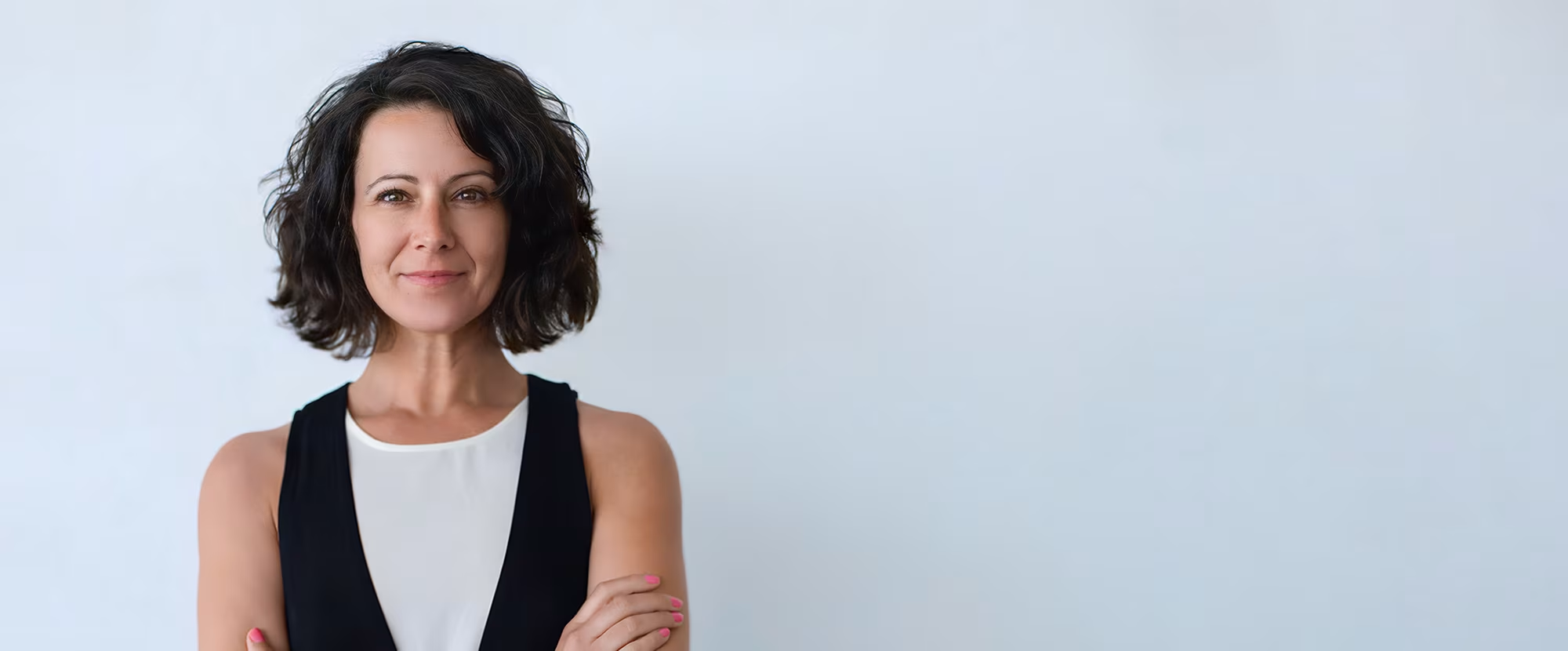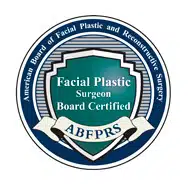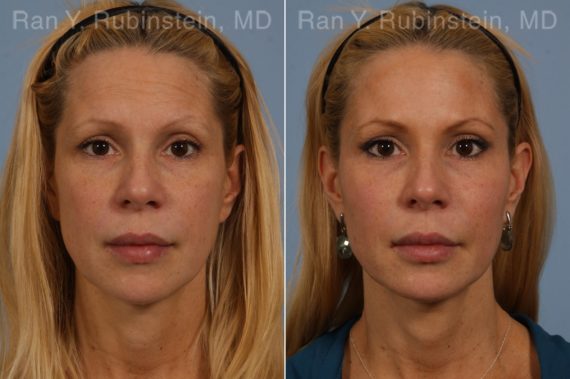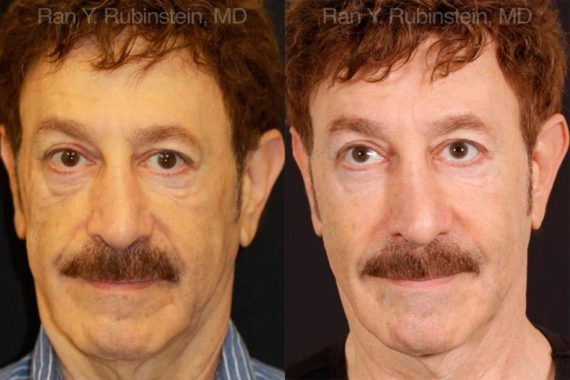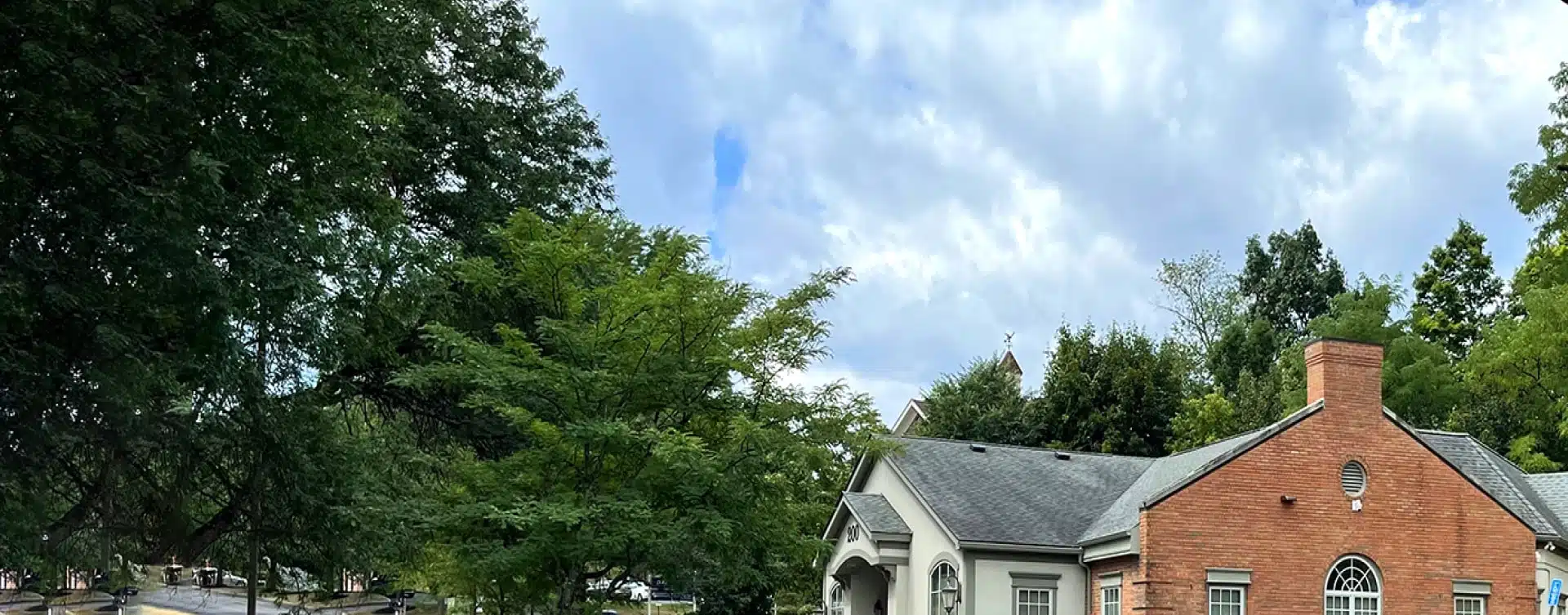Experience Liquid Facelift Benefits Today
Ever wished for a facial rejuvenation that doesn’t involve the scalpel or extensive downtime? Meet the Liquid Facelift, offered by Dr. Rubinstein in Newburgh, NY. This revolutionary treatment can make you look years younger in just one visit. It’s fast, efficient, and transformative.
Understanding the Liquid Facelift
As you age, you lose volume in your face, making you look tired and older than you feel. Many people begin to notice changes in their facial appearance in their 30s, accelerating through their 50s.
A liquid facelift is a non-surgical procedure that can help to reduce skin sagging and loss of volume in the facial area. Dr. Ran Rubinstein uses injectable fillers to help restore volume to the face, creating a more youthful appearance without surgery.
What procedures are included in a liquid facelift depends on your age and the areas you want to treat.
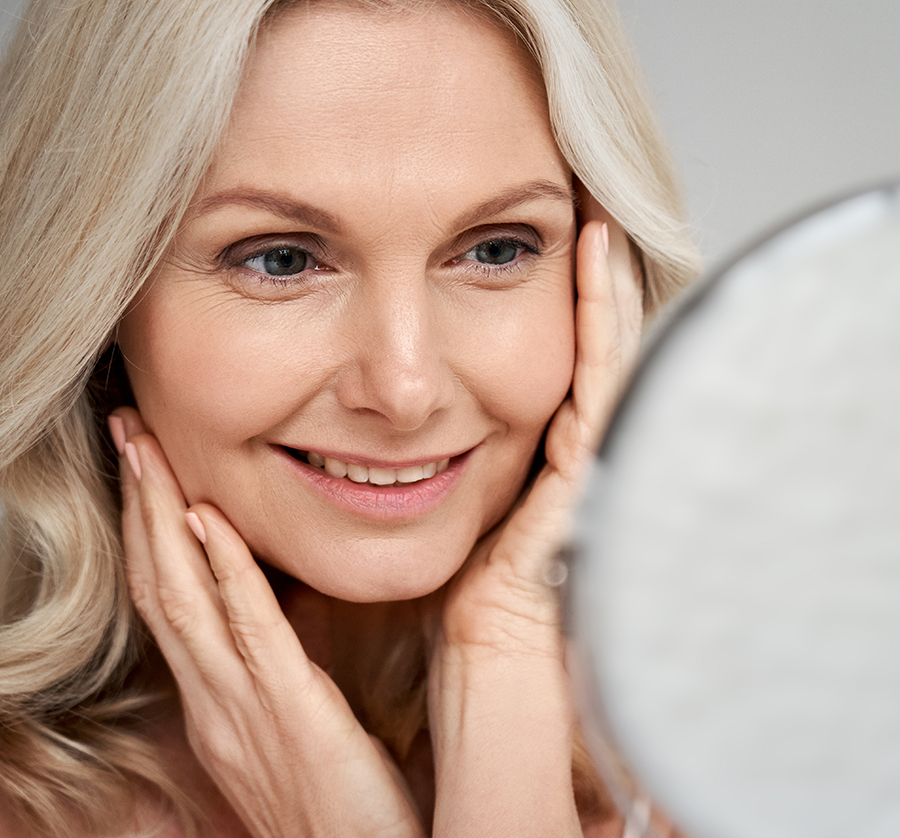
How the Face Ages
What makes a face look youthful? It is three features known as the triangle of youth:
- Full cheeks
- High cheekbones
- Defined jawline
When people are young, the widest area of their face is across the cheeks. As they age, the triangle of youth flips upside-down, becoming the pyramid of age. The widest part of the face becomes the jaw and chin area, not the cheeks.
For many people, the changes brought about by aging are gradual. While everyone ages at a different rate, thanks to their genes and lifestyle habits, many people are likely to notice the following changes in their 30s or 40s:
- Hollow under the eyes (infraorbital hollows or circles)
- Tired appearance due to loss of deep fat volume
People in their 50s notice additional changes in their facial appearance due to aging. At this age, one of the most common comments at a consultation is, “I look like my mother.”
Facial changes that can occur throughout the 50s include:
- Development of jowls due to sagging ligaments and loss of volume around the jawline.
- Increase in unwanted facial lines due to loss of supportive fat and bone volume.
Starting in the 30s, the treatment for facial aging may be under eye fillers and a cheek filler. Beginning in the 40s, a more comprehensive treatment, such as a Liquid Facelift, may be needed to restore volume across the face. A liquid facelift can help to reduce the appearance of jowls and deep facial lines in patients in their 50s.
What Is a Liquid Facelift?
A liquid facelift is a non-surgical procedure that helps to reduce the signs of aging on the face. During a liquid facelift, Dr. Ran Rubinstein uses various fillers to fill areas that most commonly show signs of age, such as the under-eye area, chin, cheeks, and jawline.
Depending on the type of fillers used, a liquid facelift can do the following:
- Restore lost bone volume
- Restore lost deep fat
- Fill in around supportive facial ligaments to lift the chin, cheeks, and jawline.
- Fill in under the muscles that create facial expressions to reduce the appearance of unwanted facial lines.
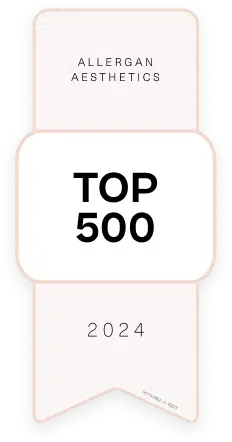
Start Your Journey to Success, Don’t Wait More!
Schedule a consultation with Dr. Rubinstein
Areas for Fillers
Whether used together as part of a liquid facelift or independently, dermal fillers can help reduce the appearance of several common signs of aging.
Under-Eye Area
The area under the eyes is often one of the first to show signs of age. Starting in the 30s for many people, the under-eye area begins to lose fat and volume. Dark circles appear beneath the eyes, and some people get a hollow-eyed look.
Dermal fillers can plump up the area beneath the eyes, hiding dark circles and helping you look more refreshed.
Cheek
Full cheeks and prominent cheekbones are a sign of youth. But as you age, the cheeks lose fat volume, and the bones become less defined. Cheek fillers restore the lost volume and can create definition in the cheekbones.
Chin
Later in life, starting in the 50s, ligaments that support facial structures weaken and start to sag, leading to a loss of definition in areas such as the chin. Without that definition, the chin looks saggy, and some people develop a double chin.
Dermal fillers can fill in around the ligaments of the chin, creating a lifting effect and minimizing sagginess or a double chin.
Jawline
The jawline also loses its definition later in life due to weakened ligaments. Losing volume in the jaw area leads to jowls, or saggy, loose skin beneath the jaw.
Injecting a dermal filler into the area around the ligaments creates a fulcrum effect, lifting the jawline and easing the appearance of jowls.
Combining Filler Areas
Depending on your age and exact concerns, you may treat one area, such as the under-eye or cheek area, or a combination. Combining multiple treatments into one process results in a liquid facelift, a customized procedure that addresses your unique facial aging concerns.
Fillers Used During Liquid Facelift
Many injectable fillers are available, but not all are suitable for a liquid facelift. Dr. Rubinstein uses two types of fillers when performing the procedure:
- Biostimulators
- High G Prime hyaluronic acid fillers
Biostimulators
Biostimulators include fillers like Radiesse and Sculptra. They work by stimulating collagen production, increasing the volume of the face.
Sculptra is Dr. Rubinstein’s favorite biostimulator to use during a liquid facelift. Its primary ingredient is poly-L-lactic acid, a biocompatible and biodegradable material.
When injected into the chin, cheek, or jawline area, Sculptra reduces the appearance of facial fat loss and smooths out deep lines, such as the nasolabial folds. The results can last for up to two years.
Radiesse is another type of biostimulator that is sometimes used during a liquid facelift.
High G Prime Hyaluronic Acid Fillers
There are a lot of hyaluronic acid fillers out there, but they aren’t all created equally. G Prime measures HA fillers’ elasticity and viscosity, and those with a higher G primer rating are usually better for liquid facelifts than those with lower ratings.
The higher the G primer, the better a filler can hold its shape. A filler with a high G prime will do an excellent job lifting and adding volume to the cheeks, chin, or jawline.
Cohesiveness is another factor that distinguishes the various high G prime fillers. It measures how well a filler sticks to itself allowing it to maintain its shape over time. Juvederm Voluma and Juvederm Volux have both a high G prime and are highly cohesive making them ideal with results that can last up to two years.
At his practice, Dr. Rubinstein uses several types of high G prime fillers during a liquid facelift:
- Juvederm Voluma
- Juvederm Volux
- Restylane Contour
- Restylane Lyft
How long results last depends on the type of filler. Restylane often provides results that last for at least a year, while Juvederm Voluma and Volux can provide results for two years.
Why Choose
Dr. Rubinstein
- Dr. Rubinstein is one of the top facial plastic surgeons in New York & New Jersey.
- He is double board certified by the American Board of Facial Plastic Surgery and the American Board of Otolaryngology-Head and Neck Surgery.
- Dr. Rubinstein has been in both private and academic practice for over 20 years.
- He is also an active member of the American Society for Laser Medicine & Surgery.
- Clinical Professor at New York Presbyterian Hospital.
